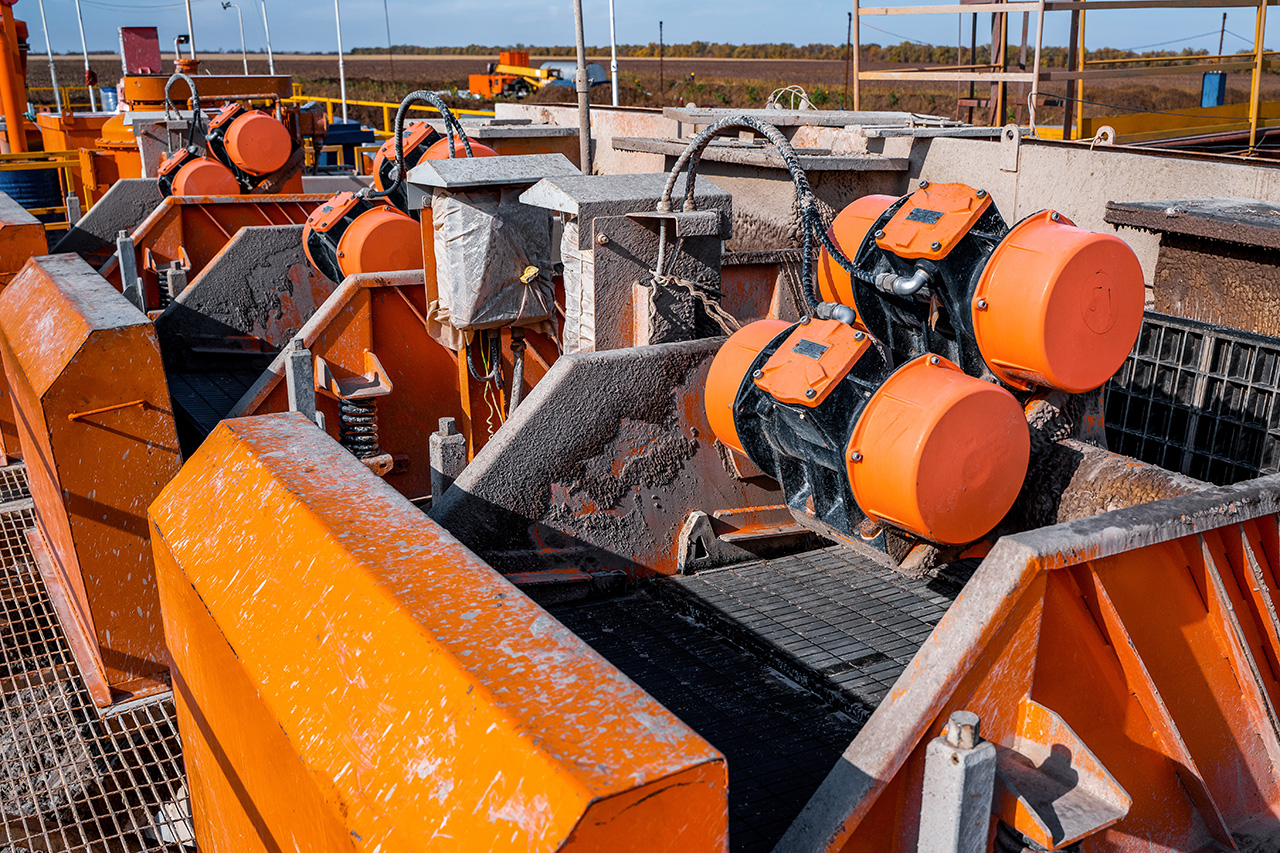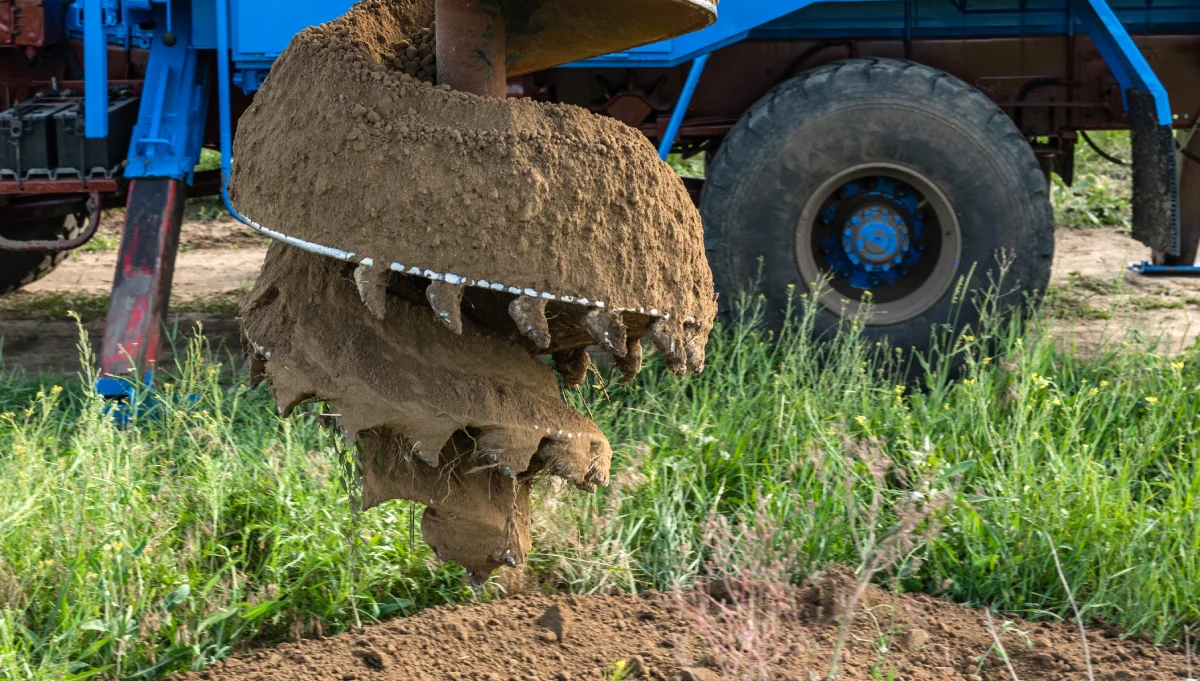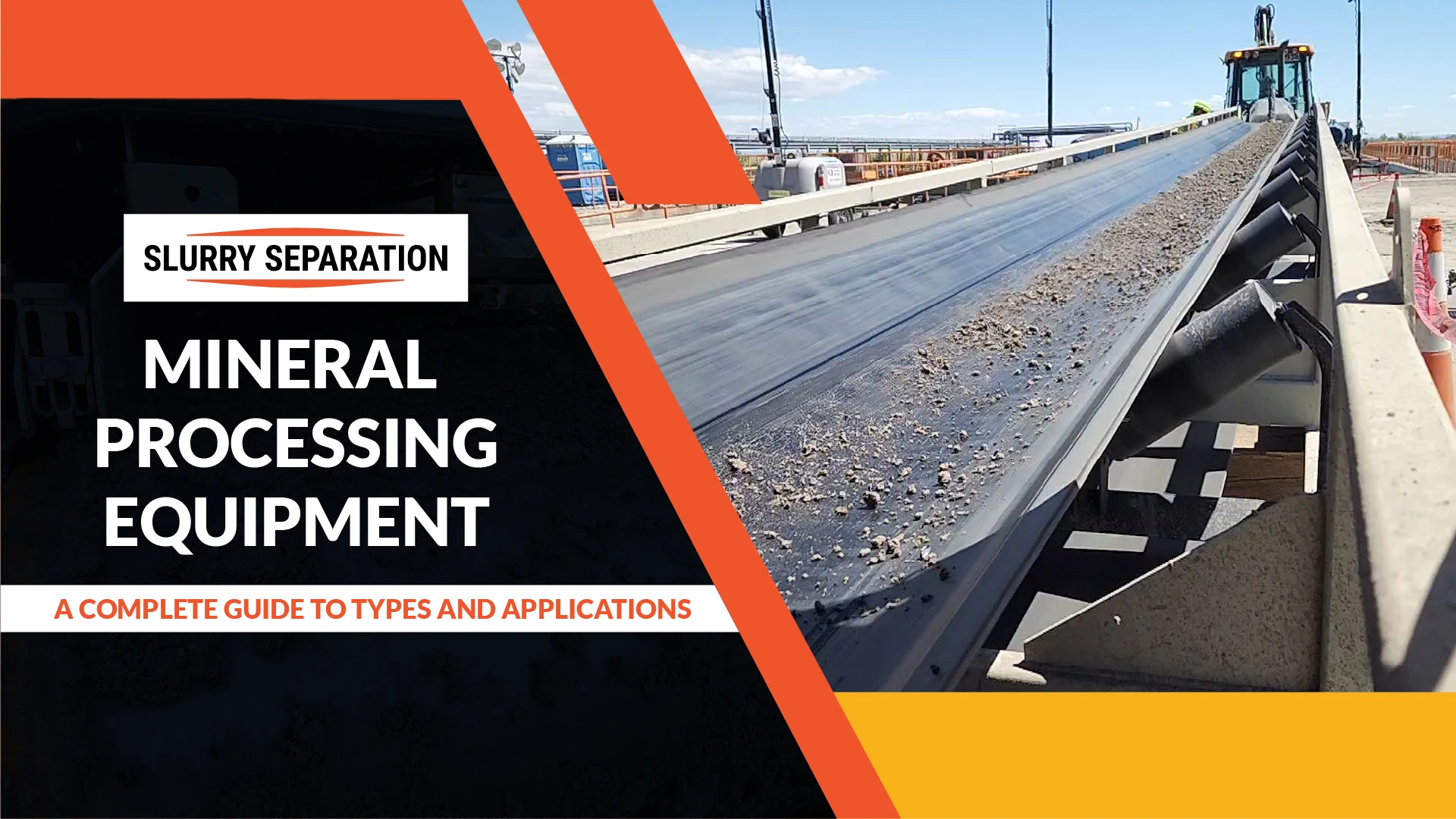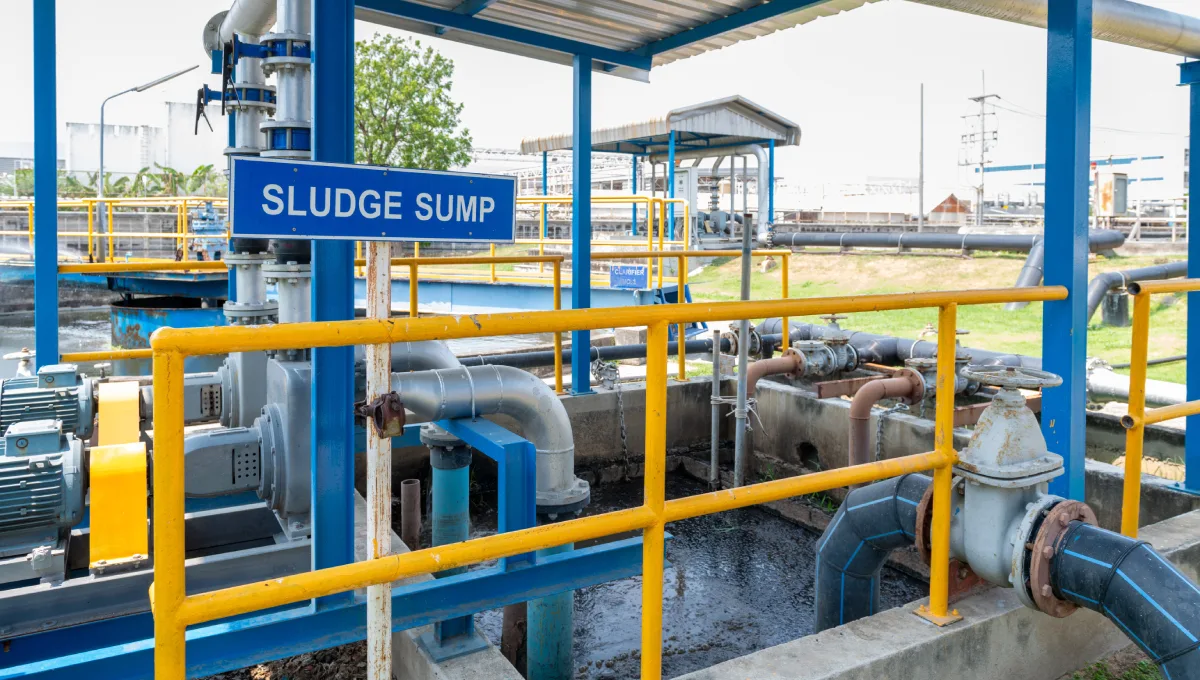In oil drilling projects, selecting the appropriate shale shaker configuration is paramount for achieving optimal solids control efficiency and maximizing economic viability. The choice between single-, double-, or triple-deck shale shakers depends on various factors, including soil conditions, fluid properties, and operational requirements. The following article describes why choosing the proper shale shaker for specific soil conditions is crucial for an economical oil drilling project.
Understanding Shale Shaker Configurations
Shale shakers are essential components of most multi-faceted solids control systems in oil drilling operations, responsible for separating drilled solids and cuttings from the drilling fluid. They consist of vibrating screens mounted on one or more decks, which vibrate to convey and separate solids from the fluid. Shale shakers are available in single, double, or triple deck configurations, each offering different levels of solids removal efficiency and processing capacity.
Importance of Soil Conditions
Soil conditions play a critical role in determining the performance and effectiveness of shale shakers in oil drilling projects. Different soil types, such as clay, sand, gravel, and shale, have distinct properties that can impact solids control efficiency and fluid management. Factors such as particle size distribution, abrasiveness, cohesion, and fluid viscosity vary across soil formations and influence the appropriate shale shaker configuration selection.
Single Deck Shale Shakers
Single deck shale shakers feature a single screen deck and are suitable for drilling projects with relatively low solids content and fine particle sizes. They are commonly used in less abrasive soil formations where efficient solids removal can be achieved with minimal processing capacity. Single deck shale shakers are cost-effective and straightforward, ideal for shallow drilling applications or exploratory wells with lower drilling fluid volumes. These are usually the most common form of Shale Shaker sold in the industry.
Double Deck Shale Shakers
Double deck shale shakers incorporate two screen decks stacked vertically, allowing for increased processing capacity and improved solids control efficiency. They are well-suited for drilling projects encountering moderate to high solids content and varying particle sizes. The dual deck configuration enables finer particle size separation and enhanced fluid management capabilities, making double deck shale shakers suitable for challenging soil conditions such as clay-rich formations or gravelly soils. With two layers of screens stacked vertically, double deck shale shakers allow for finer particle size separation and more effective removal of solids from drilling fluids.
This configuration enables simultaneous processing of coarse and fine particles, resulting in cleaner drilling fluids and reduced risk of equipment clogging or overload. Additionally, double deck shale shakers offer greater flexibility in adjusting screen settings and optimizing performance for varying drilling conditions, leading to improved solids removal efficiency and overall drilling productivity.
Triple Deck Shale Shakers
Triple deck shale shakers feature three screen decks arranged in a vertical stack, offering the highest processing capacity and solids control efficiency among shale shaker configurations. They are designed for drilling projects with high solids content, coarse particle sizes, and demanding soil conditions. Triple deck shale shakers provide superior solids removal performance and fluid management capabilities, making them indispensable for deep drilling operations or projects in highly abrasive formations such as shale or hardpan.
Economic Considerations
Choosing the right kind of shale shaker for specific soil conditions is essential for achieving an economical oil drilling project. Using a shale shaker with insufficient processing capacity or inadequate solids control efficiency can lead to increased drilling fluid consumption, elevated operating costs, and decreased drilling productivity. Conversely, selecting a shale shaker with excessive capacity or complexity for the soil conditions may result in unnecessary expenses and inefficiencies.
Customization and Adaptability
Many shale shaker manufacturers offer customization options and adaptability features to tailor the equipment to specific soil conditions and operational requirements. Adjustable settings such as vibration intensity, screen angle, and deck inclination allow operators to optimize shale shaker performance for different drilling scenarios. Additionally, interchangeable screens with varying mesh sizes enable fine-tuning of particle size separation, ensuring maximum solids removal efficiency and fluid management effectiveness.
Not All Shale Shakers are the Same
Choosing the right kind of shale shaker for specific soil conditions is critical for ensuring an economical and efficient oil drilling project. Single, double, and triple deck shale shakers each offer distinct advantages in terms of solids removal efficiency, processing capacity, and adaptability to soil formations. By understanding the soil conditions and selecting the appropriate shale shaker configuration, oil drilling operators can optimize solids control efficiency, minimize operating costs, and maximize drilling productivity, ultimately enhancing the economic viability and success of the project.




